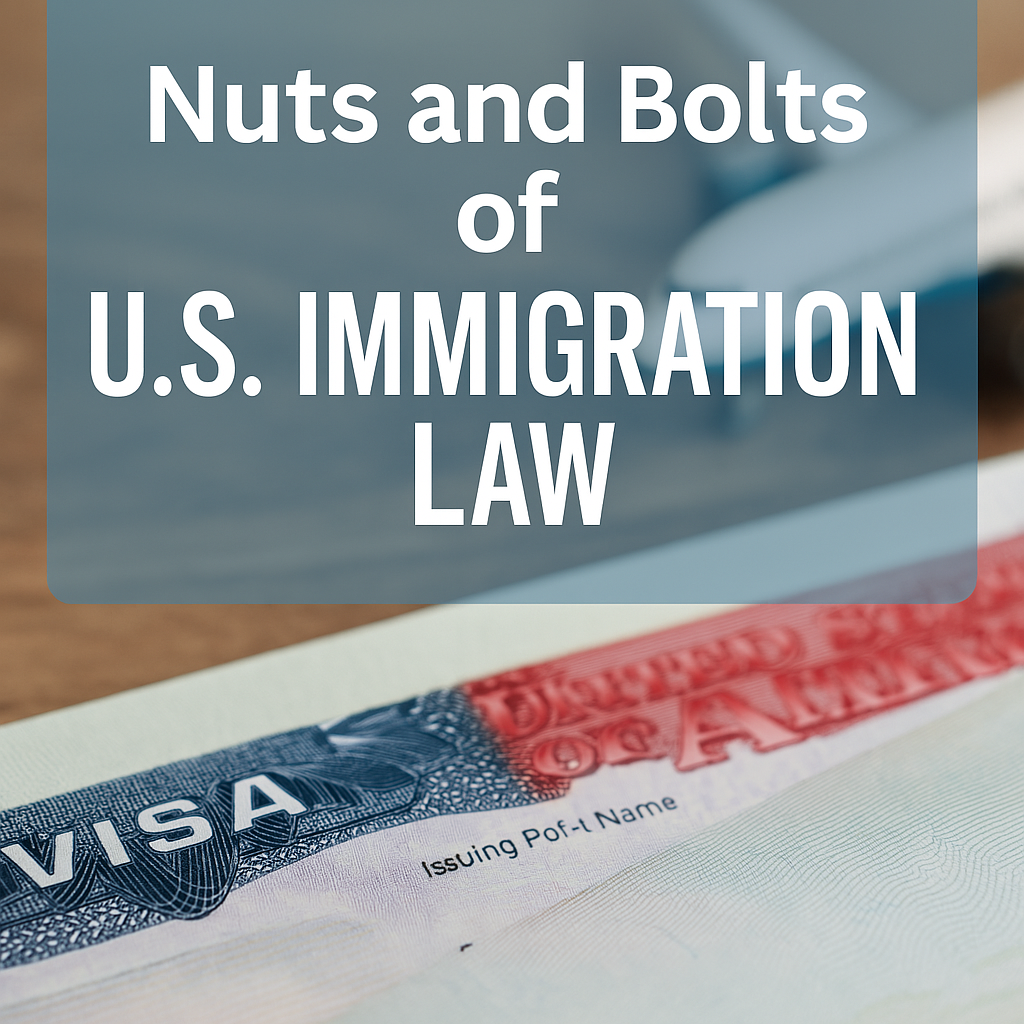Understanding U.S. immigration law can feel overwhelming—but once you break it down, it starts to make more sense. Whether you’re a student, a skilled worker, or just curious, this guide gives you a clear overview of the U.S. immigration system, its categories, processes, and common pathways.
What is U.S. Immigration Law?
U.S. immigration law governs how foreign nationals can legally:
- Enter the U.S.
- Stay temporarily or permanently
- Apply for citizenship
It is managed by:
- U.S. Citizenship and Immigration Services (USCIS)
- U.S. Department of State
- Department of Homeland Security (DHS)
Main Categories of U.S. Immigration
The U.S. immigration system is mainly divided into:
- Employment-Based Immigration
- Family-Based Immigration
- Diversity Visa Lottery
- Refugee or Asylum Programs
Each has unique eligibility rules and documentation requirements.
Student Visas: F1 and M1
F1 Visa (Academic Students)
- For full-time academic students
- Requires acceptance to a SEVP-approved school
- Needs Form I-20
- Allows Optional Practical Training (OPT) after study
M1 Visa (Vocational Students)
- For non-academic training programs
- Requires evidence of sufficient funds
- Usually shorter duration than F1
Work-Based Immigration: H-1B and Green Cards
H-1B Visa
- For specialty occupations (STEM, healthcare, finance)
- Requires:
- Job offer from a U.S. employer
- Labor Condition Application (LCA)
- Subject to a cap of 85,000 per year
Employment-Based Green Cards (EB Visas)
There are 5 preference categories:
- EB-1: Extraordinary ability, professors, researchers
- EB-2: Advanced degree professionals
- EB-3: Skilled and unskilled workers
- EB-4: Special immigrants (religious workers, etc.)
- EB-5: Investor visa (minimum $800,000 investment)
Family-Based Immigration
U.S. citizens or green card holders can petition for family members. Categories include:
Immediate Relatives (No wait time)
- Spouse
- Children (under 21, unmarried)
- Parents (if petitioner is 21+)
Family Preference (Subject to quota)
- F1 – Unmarried sons/daughters of U.S. citizens
- F2A/B – Spouses, children, unmarried adult children of green card holders
- F3 – Married children of U.S. citizens
- F4 – Siblings of U.S. citizens
The Green Card Lottery (Diversity Visa Program)
- Offers 50,000 permanent resident visas annually
- Random selection from eligible countries
- No job or sponsor required
Eligibility:
- High school diploma OR
- 2 years of experience in a qualifying job
Apply via: dvprogram.state.gov
Common Challenges in Immigration
Here are some real-world issues people face:
- Delays & long processing times
- Policy changes between governments
- Missing documents or inaccurate info
- Cost of legal and filing fees
- Fraud & scams targeting applicants
Tip: Always double-check documents and rely on official sources or a licensed attorney.
Final Thoughts
U.S. immigration may seem complex at first glance, but when broken into smaller parts, it’s manageable. Whether you’re dreaming of studying, working, or living permanently in the U.S., understanding your visa category and legal options is the first step.
Start early, stay informed, and seek help when needed. Your American journey could be just one application away.
